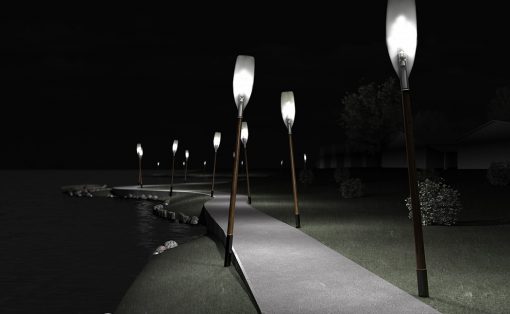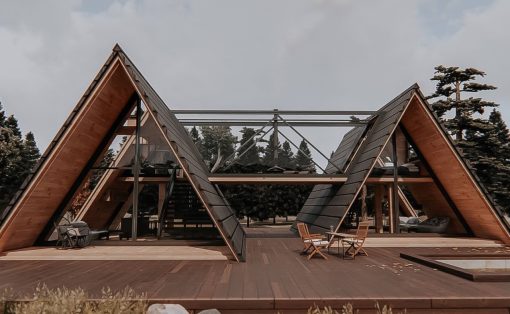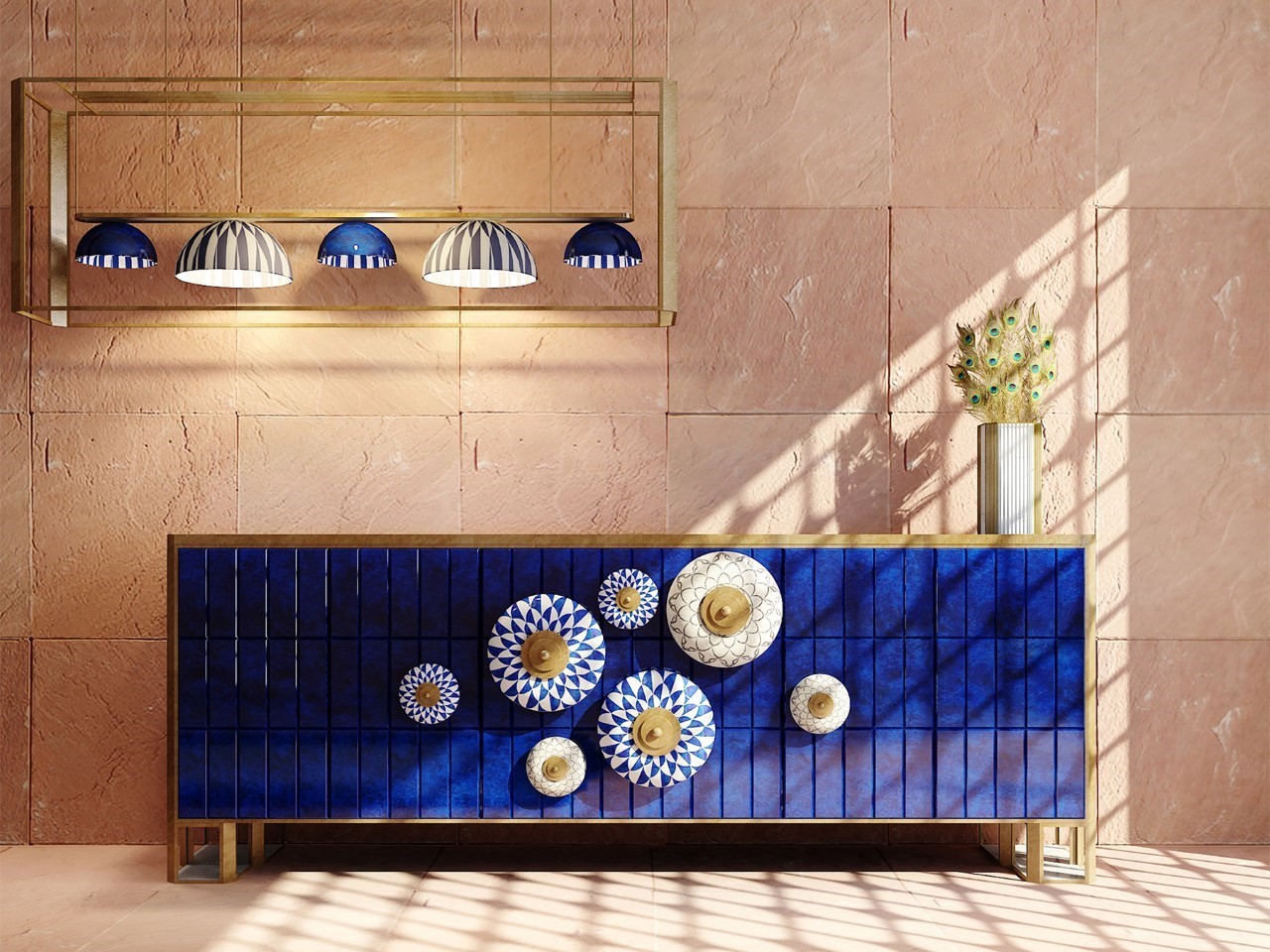
Architecture and interior design integrate numerous design principles, with particular emphasis on achieving balance. Balance stands as a fundamental principle in interior design, promoting harmony through the arrangement of elements in visually pleasing and stable configurations. Therefore, the primary aim of a balanced space is to emphasize visual stability and achieve compositional harmony.
Designer: Sonal Tuli
Types of Balance
The three types of balance include:
Symmetrical Balance
Symmetrical balance mirrors items along a central axis, evoking stability, serenity, and sophistication in interior design, though it can be seen as static and unimaginative. Achieving symmetry involves the use of patterns in fabric, furniture arrangement, and color application to create symmetrical balance.
Asymmetrical Balance
Asymmetrical balance is primarily based on the visual weight of objects, employing different elements with similar perceived weight on opposing axes rather than repeating identical items. Complex shapes, often weightier, are commonly used to achieve this balance, resulting in dynamic and flexible interiors. Note that achieving asymmetrical balance can be challenging and often requires the expertise of a professional.
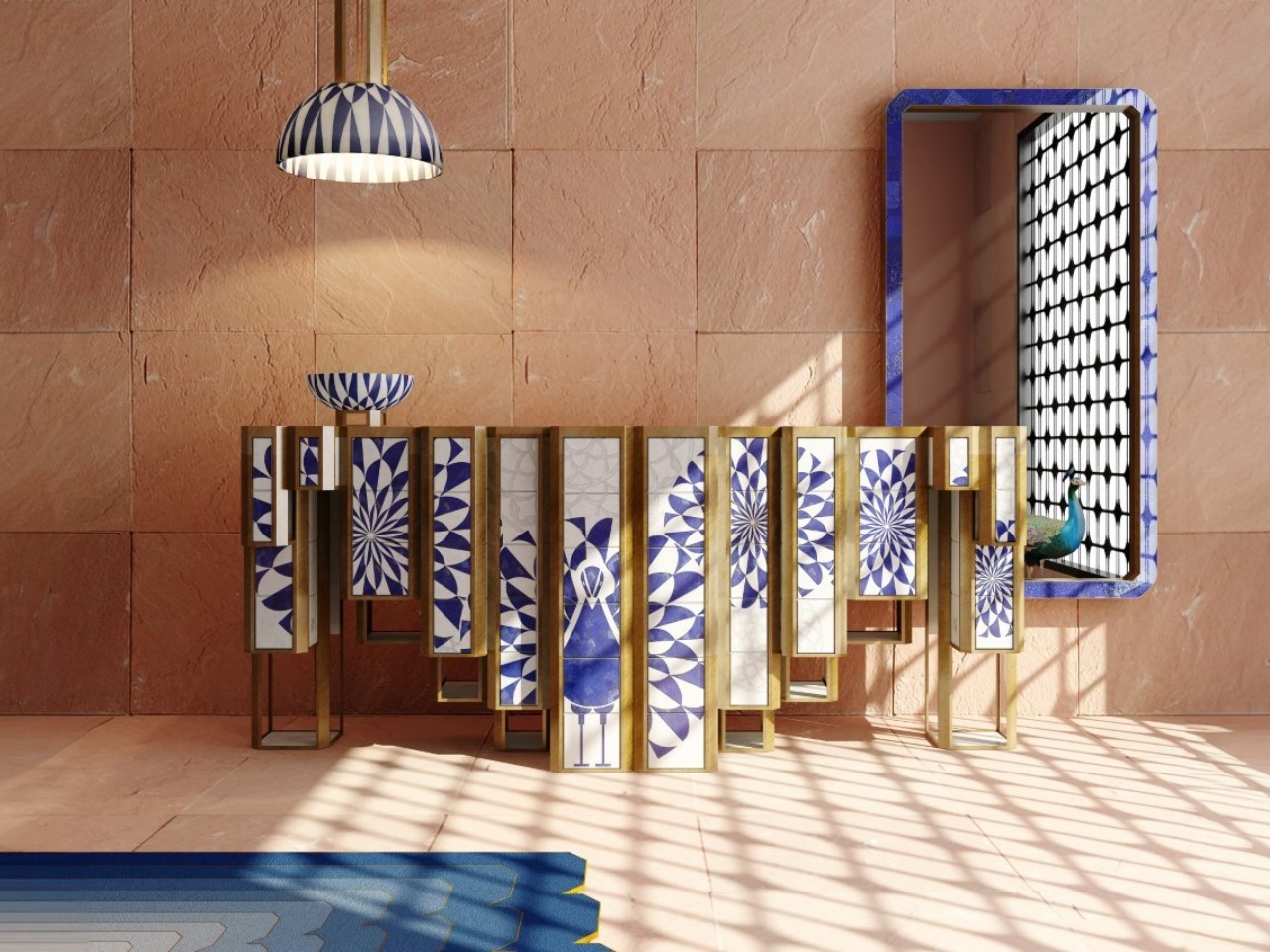
The Jaipur Furniture Collection by Sonal Tuli beautifully combines tradition and modernity, celebrating Jaipur, India’s vibrant pink city. This collection captures the essence and cultural heritage of Jaipur through its asymmetrical console design. By merging functionality with elegance, the pieces subtly reference Jaipur’s iconic architecture and blue pottery artistry, making them artistic masterpieces suitable for any space.
Radial Balance
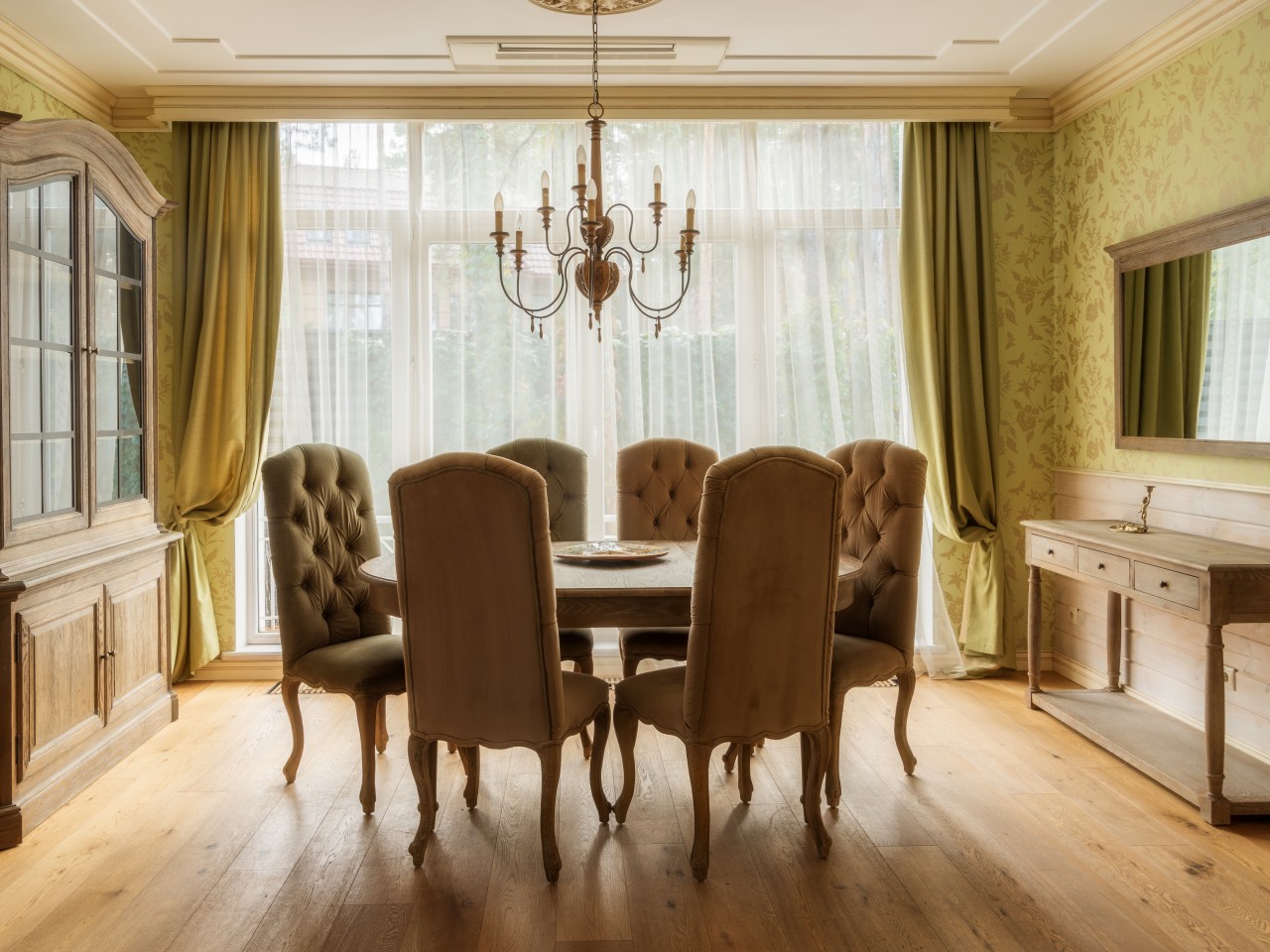
Image courtesy of: LightFieldStudios
Radial balance involves arranging items in a circular pattern around a central point, either spreading outward or inward. In interior design, this can be seen with chairs around a table or the structure of a lighting fixture. It’s a great way to highlight a central piece in a room.
Why is balance important in interior design?
Balance, a fundamental design principle, imbues spaces with stability and visual appeal, fostering a sense of unity and cohesion in the design. Yet, excessive or inadequate balance can disrupt harmony and evoke discomfort.
Top Eight Ways to Achieve Balance within Interior Design
1. Create a Symmetrical Design
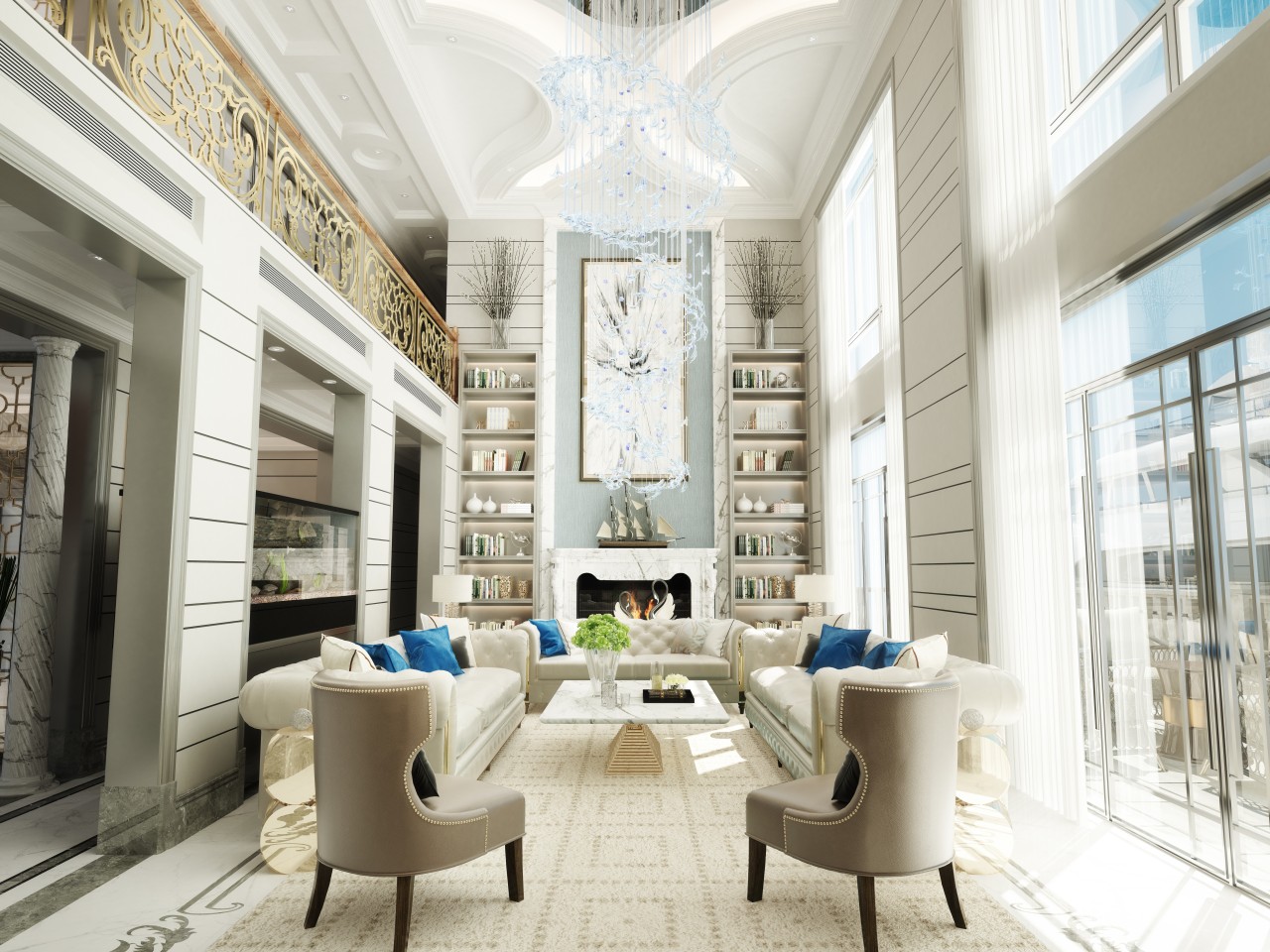
Image courtesy of: digitalstormcinema
Symmetry stands as one of the key principles that is used to achieve equilibrium within interior design. Its simplicity lies in striving to replicate a mirror image from the room’s center, aligning furniture, design elements, and overall decor around a central focal point, such as a fireplace. Balance can be attained when organizing layouts and displays by creating symmetrical harmony, and placing similar objects or furniture on each side of a central axis. For instance, placing matching coffee tables on either side of a sofa or bed, each adorned with a lamp illustrates this approach. Some perceive it as outdated as it is commonly used in the traditional design style.
2. Achieve Balance with Asymmetry
In modern interior design, asymmetry is preferred over symmetry for its less formal feel. Designers distribute furniture and decor asymmetrically, with varying heights and weights on either side of a room’s center. This creates balance without strict matching. For instance, in a minimalist living room, off-center elements like a floor lamp and a side table balance each other, showcasing asymmetrical harmony.
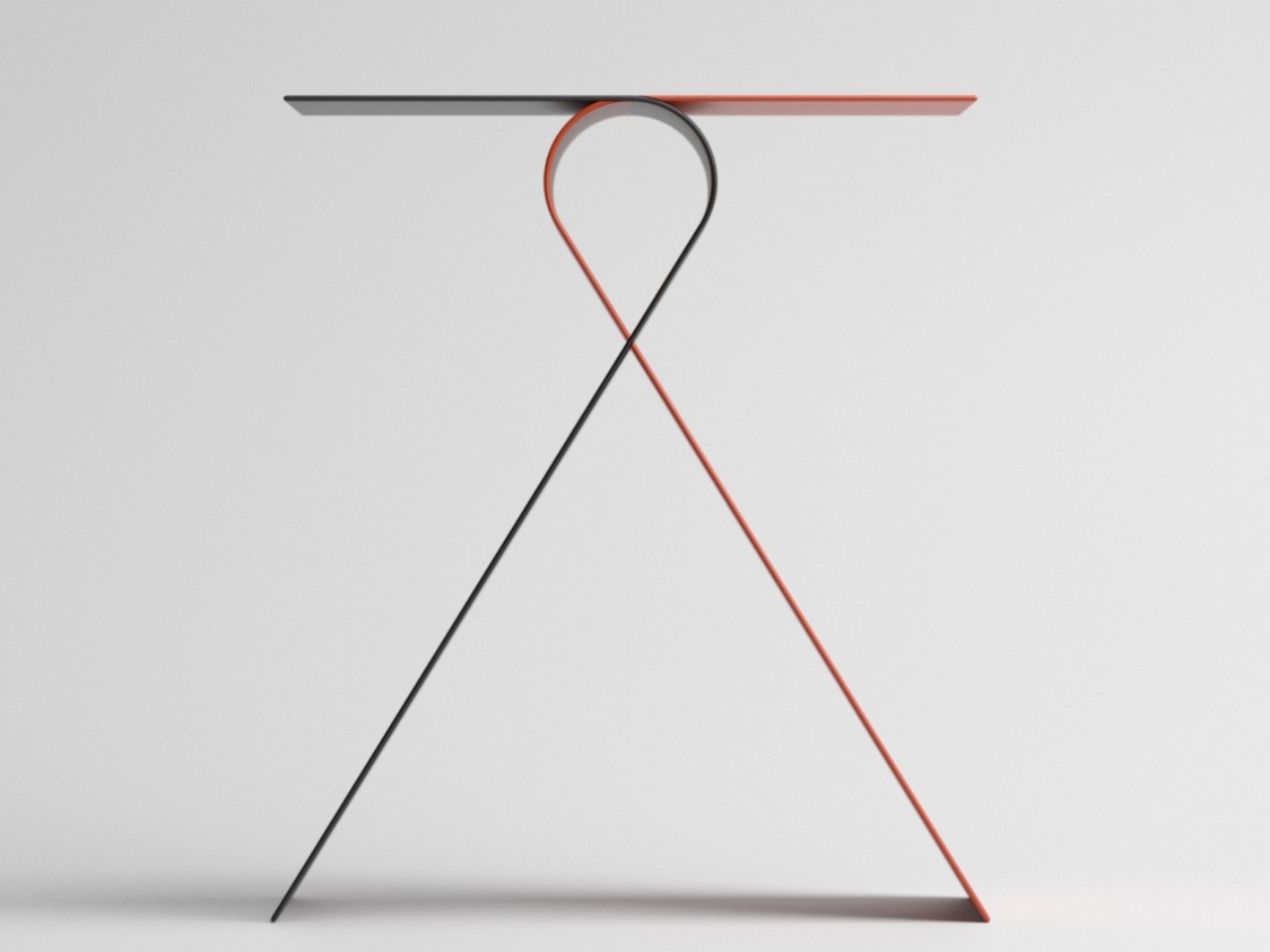

Designer: Deniz Aktay
Seeking balance is inherent in both our lives and possessions. The Shaolin side table embodies this principle, appearing both perplexing and practical. Its design, with a flat tabletop seemingly resting precariously on a curved base, evokes a martial artist’s balance. However, two interlocking metal sheets form its sides, ensuring stability. The contrasting red and black colors enhance its visual appeal, while a central space provides a practical spot for everyday items. Metaphorically, it symbolizes finding balance amidst opposing forces, offering a reminder of life’s perpetual juggle.
3. Mix Old and New
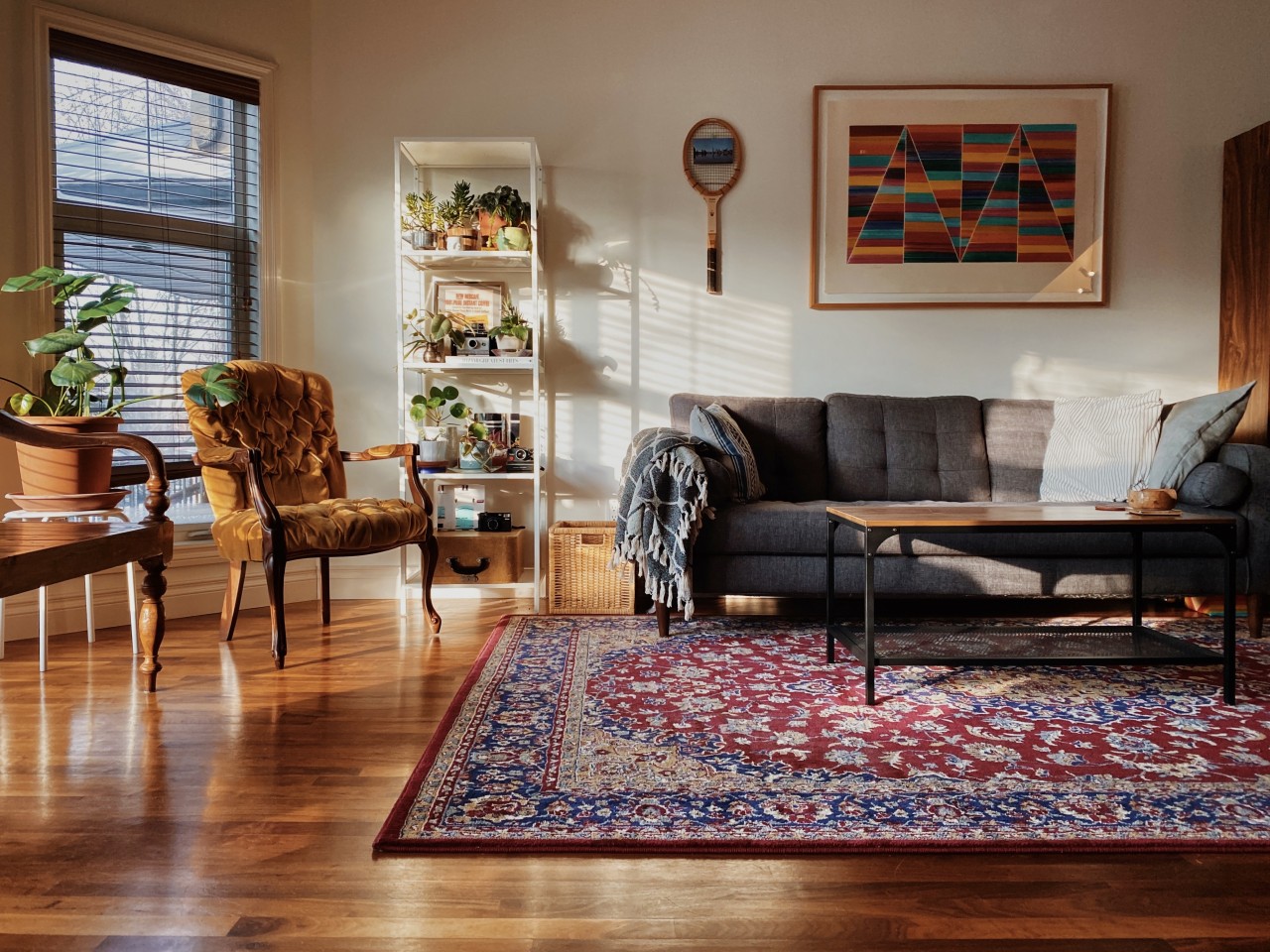
Image courtesy of: jwyma
To find balance, mix different styles like eclectic and transitional, or merge vintage and modern elements, but it is essential to avoid clutter. For instance, in a room, modern furniture and neutral colors go well with classic pieces and antique touches like rugs, giving the space a timeless charm.
4. Radial Symmetry
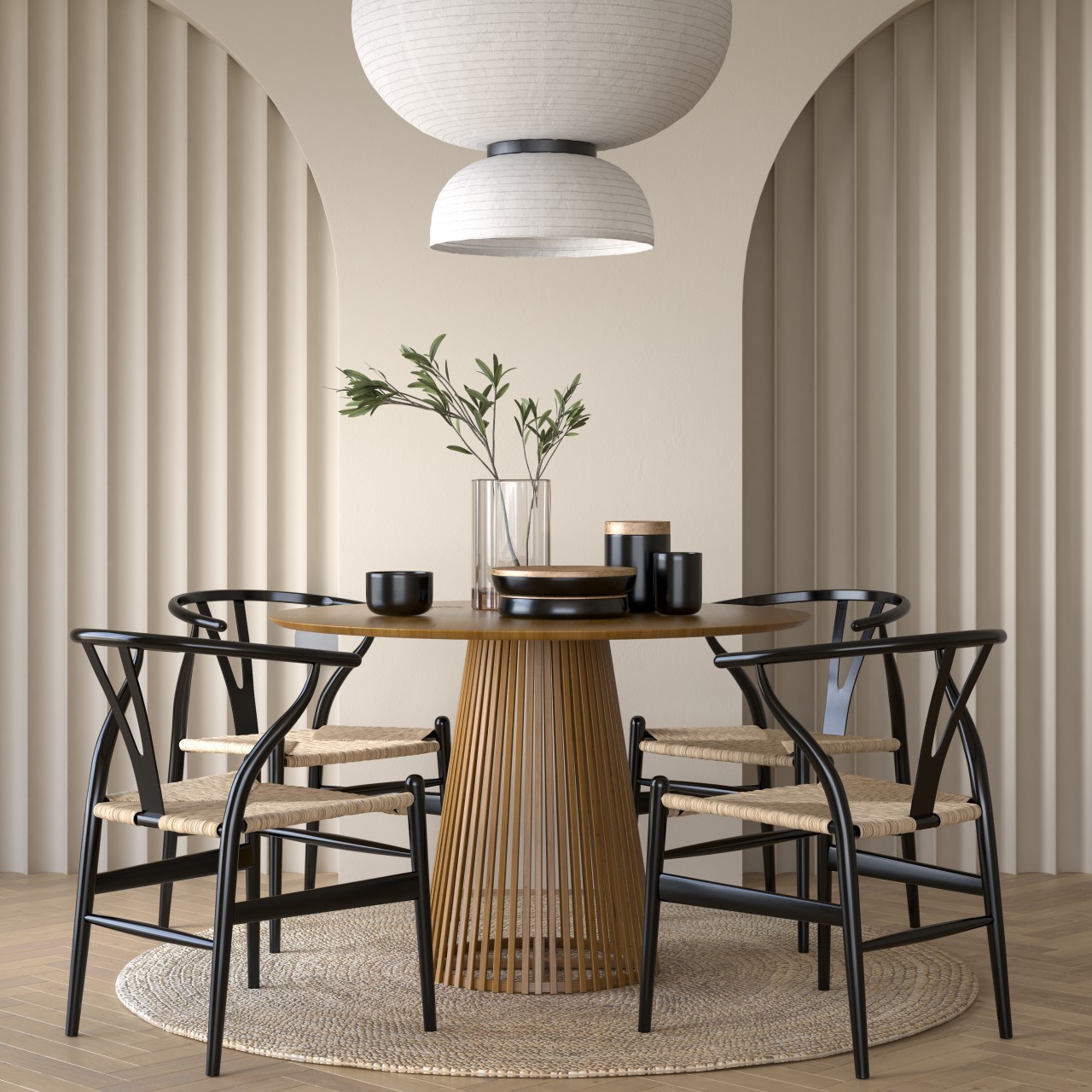
Image courtesy of: hemul75
Radial symmetry creates balance with a central focal point, like a chandelier, while other items radiate outward in a circular layout. This symmetry can evoke a formal or sociable atmosphere, akin to classic symmetry. In a dining room, rounded fixtures and decor encircling a circular table and rug can enhance this symmetrical design, resulting in a cohesive and visually pleasing space.
5. Introduce Textures
Another approach to achieving balance involves the use of texture as layering different textures, fabrics, and finishes adds depth to a space. For instance, if your room feels too smooth, introducing contrasting textures like a coarse woven rug or textured wall panels can inject visual interest. In a living area, combining sleek modern furniture with rustic wooden accents can create a cozy ambiance within the interiors.
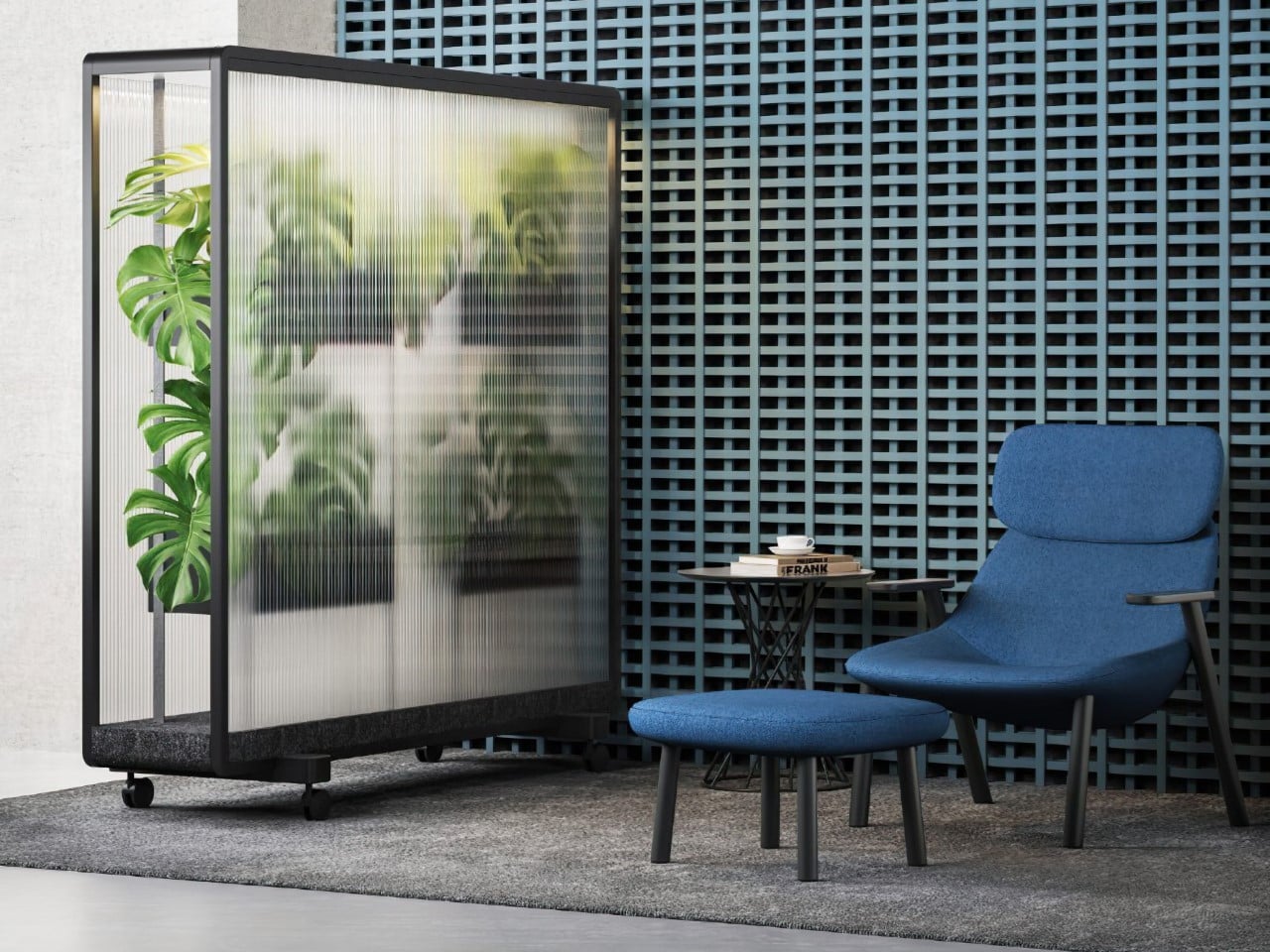
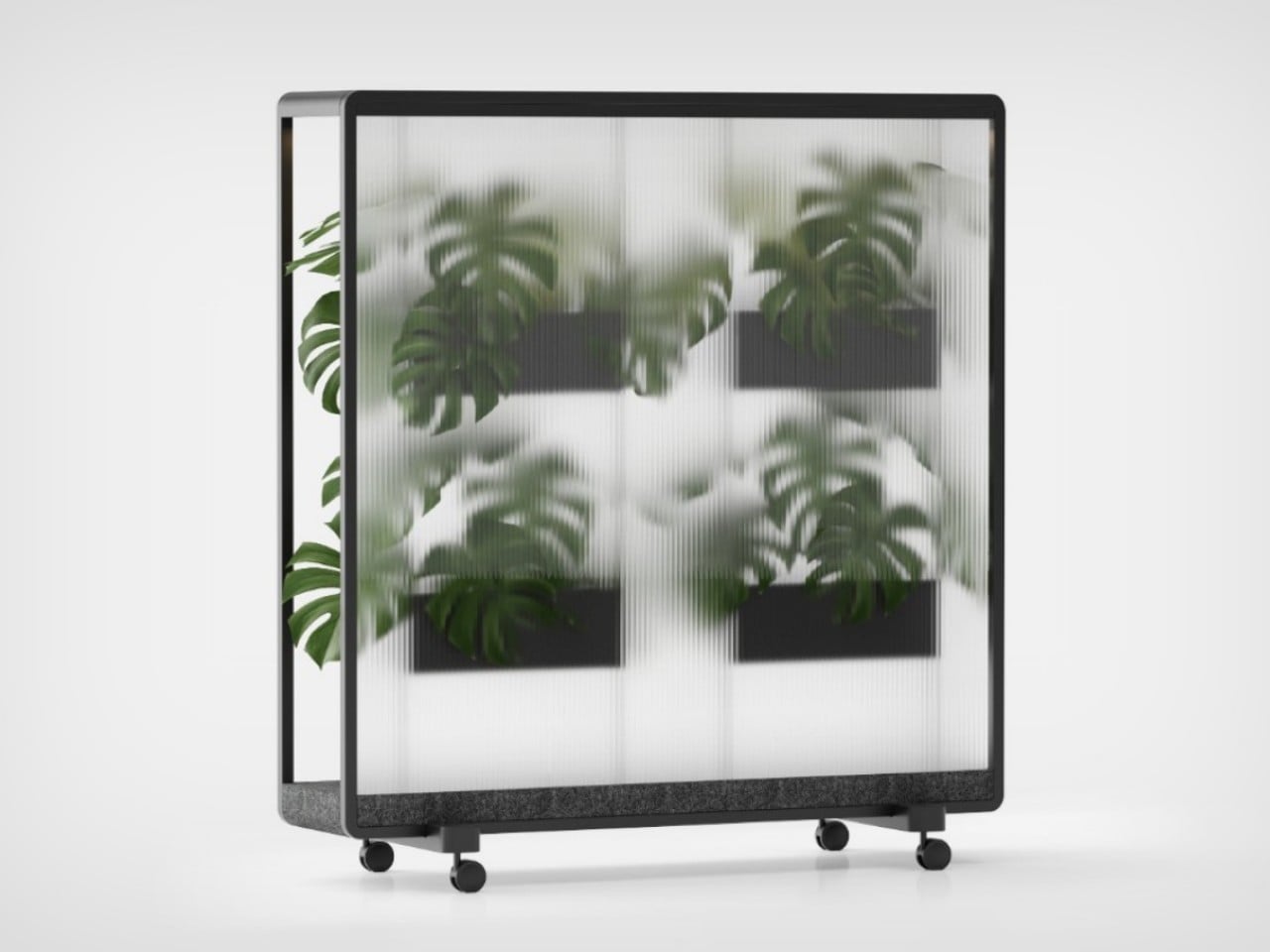
Designer: Studio TZEN
The textured design of Hazy conceals plants while creating visual drama and allowing sunlight to reach leaves diffused. Hazy serves as an office shelf and planter-holder, featuring a minimalist Nordic style with options for vertical or horizontal columns. Vertical columns accommodate planters, facilitating water flow, while a fluted glass panel adds aesthetic appeal. For a more utilitarian function, horizontal shelves can be used with a whiteboard. Hazy offers flexible office furniture solutions, with wheels for easy movement. Designed by Studio TZEN for Onmuse, it is a versatile addition to any workspace.
6. Achieve Balance with Color
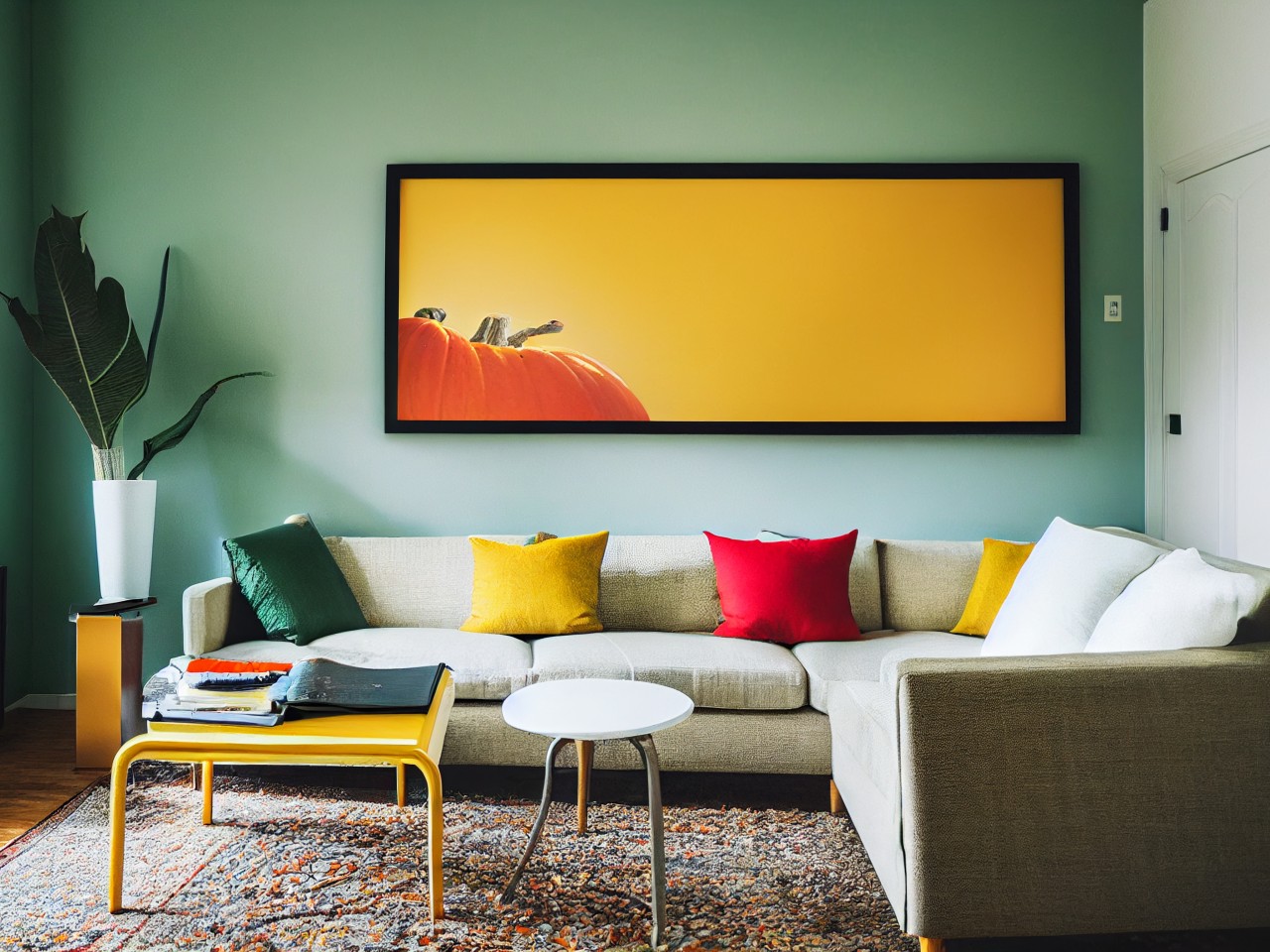
Image courtesy of: AveCalvar
Mixing warm and cool colors in your space helps balance the atmosphere. You can achieve this by using warm colors for walls and furniture, and cool tones for accessories. Conversely, cool wall and furniture colors can be complemented with warm lighting and artwork. Understanding color theory is crucial. The 60-30-10 rule simplifies space proportioning: allocate 60% to one color to the walls, 30% to a complementary color like furniture, and 10% to accents like accessories.

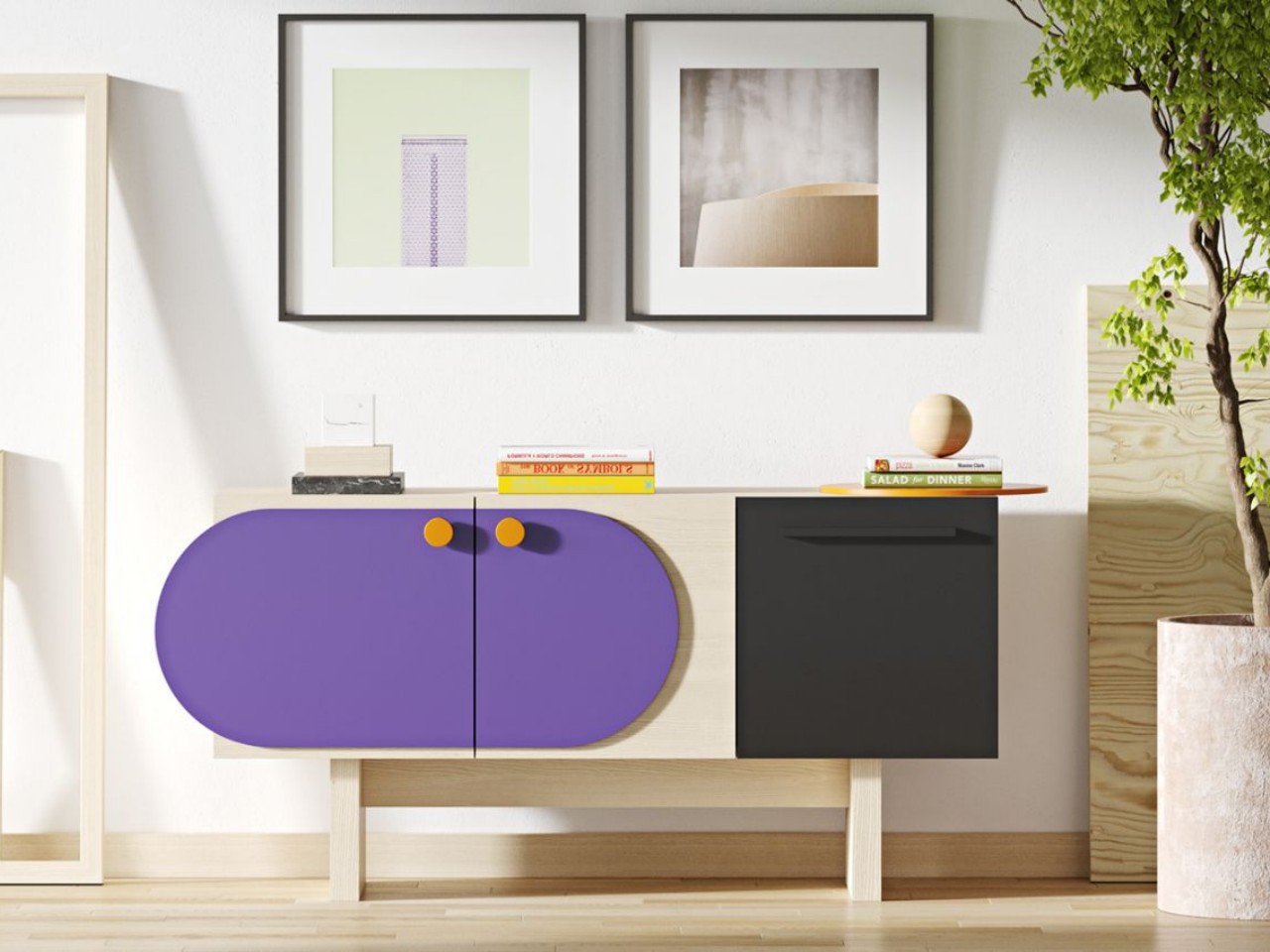
Designer: Pavel Vetrov
Funky is a vibrant and versatile furniture collection that adds eclectic charm to any space. With its perfect blend of vibrant colors and neutrals that balance each other, “Funky” effortlessly complements various interior styles. Featuring protruding pieces on varied axes, it offers versatility as a console table, TV unit, bar unit, or buffet table.
7. Introduce Negative Space
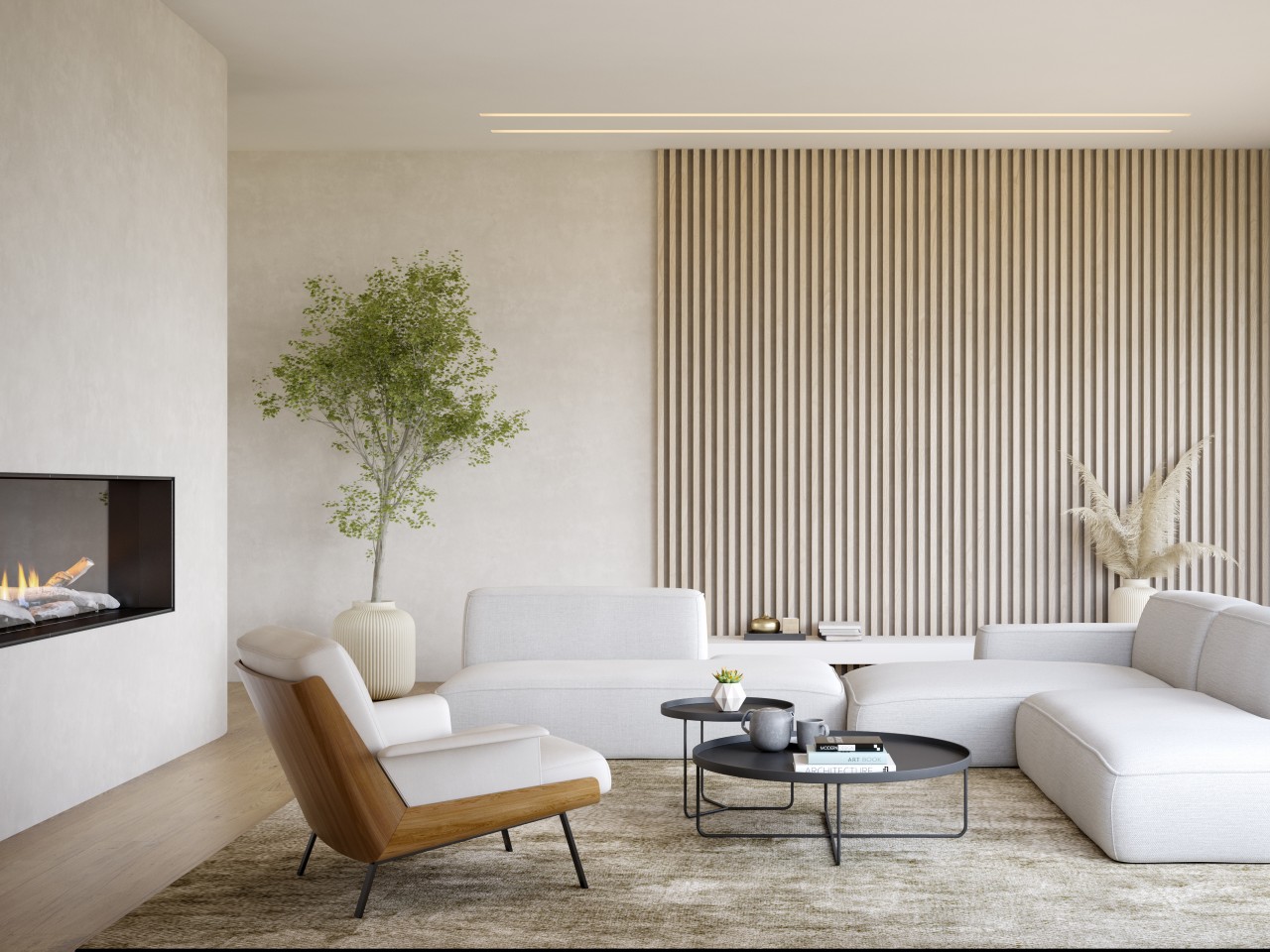
Image courtesy of: hemul75
In design, balancing visual weight is crucial, but incorporating negative space is equally vital. Negative space helps offset areas with heavier elements, fostering harmony in the overall design. It serves as breathing room for the eye. For instance, in a living room, a large sectional sofa dominates one area, while negative space prevails in the rest of the room, creating a sense of openness and balance. Balancing functional and aesthetic elements ensures the design’s coherence and clarity.
8. Play with Shapes
In interior design, balance can be achieved by blending different shapes within a space. Combining round elements with straight lines and right angles creates contrast and visual interest. For example, placing a circular center table with straight-line sofas just as in this image can add harmony to the design. By limiting the number of elements in the space, graphic shapes stand out clearly without being overwhelmed by clutter.

Image courtesy of: dit26978
These tips will surely help you in achieving balance in your home decor, establishing both stability and interest. When applied correctly, they foster unity and may introduce drama, but excessive or insufficient application of balance can disrupt the harmony of the room.



